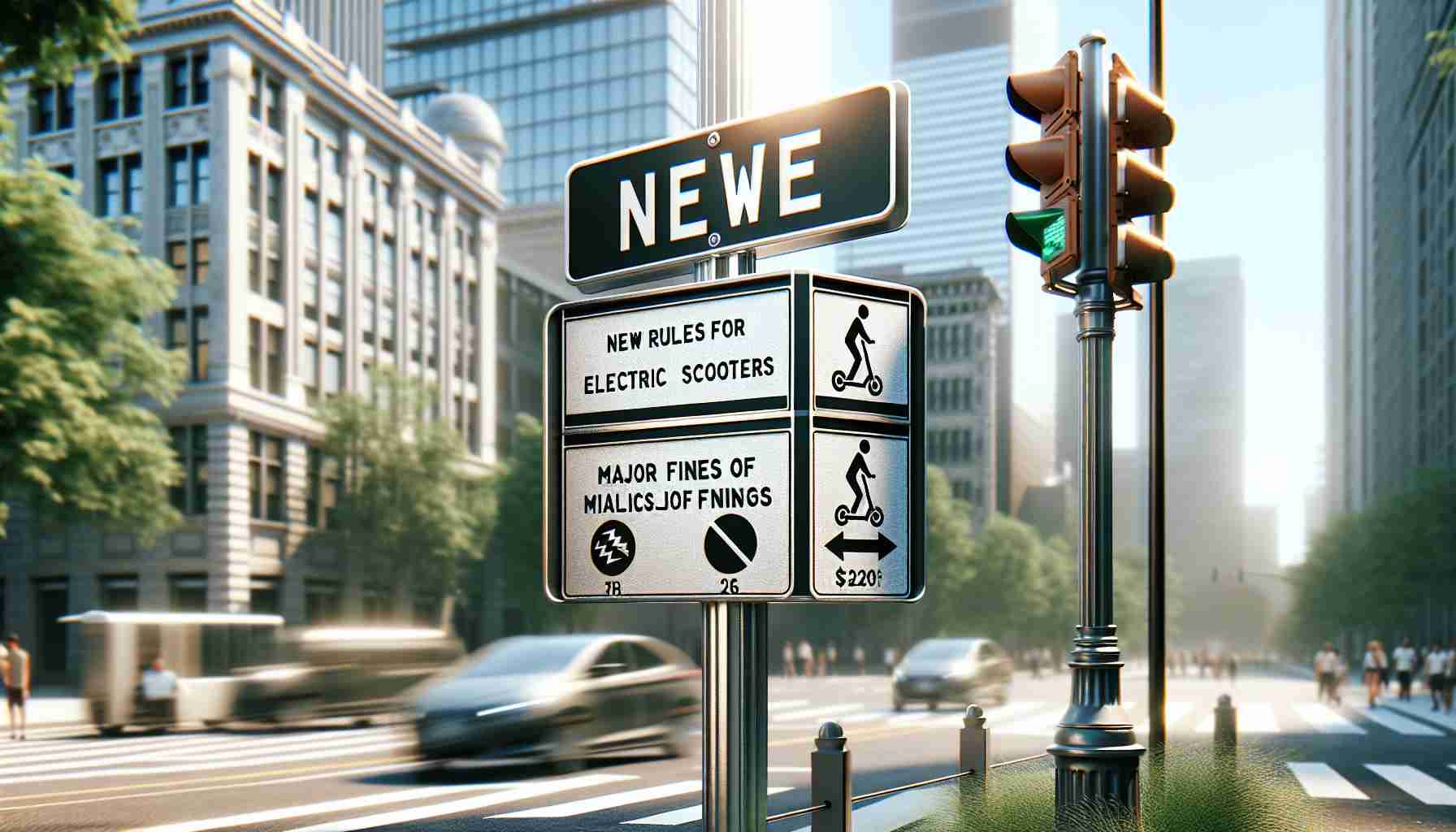Barcelona Takes Action Against E-Scooter Misuse
In a bold move to enhance urban safety, Barcelona has introduced a hefty fine of 500 euros for users of electric scooters who violate crucial rules—namely, riding without a helmet or on the pavement. This decision comes amid rising concerns over the reckless behavior of some riders.
Electric scooters have become a popular mode of transportation in this bustling city, attracting tourists and locals alike. However, the surge in usage has also given rise to troubling incidents, where certain individuals have exploited this new trend for criminal activities, speeding through streets to snatch belongings from unsuspecting pedestrians.
As part of these new regulations, the city aims to tackle the increased dangers posed by electric scooters, which can reach speeds of up to 25 mph. To mitigate risks, scooter speeds will be capped at 15.5 mph, aligning them more closely with bicycles rather than motorized vehicles that require a license.
The influx of e-scooter users has skyrocketed, with reports indicating a fourfold increase since the pandemic. City officials stress the importance of safety and encourage all riders to follow the established guidelines. With more stringent measures in place, Barcelona hopes to create a safer environment for both scooter riders and pedestrians alike.
This initiative mirrors similar steps taken in other major cities, showcasing a growing trend to regulate e-scooter usage across urban areas in Spain and beyond.
Barcelona Sets New Standards for Safe E-Scooter Riding
In an effort to safeguard urban environments, Barcelona has instituted a substantial fine of 500 euros for electric scooter users who violate essential safety regulations—specifically, riding without a helmet or on sidewalks. This initiative arises from escalating concerns regarding reckless behavior among some riders, highlighting the need for stricter enforcement.
Current Trends in E-Scooter Usage
Electric scooters have surged in popularity within Barcelona, becoming a favored transport option for both residents and tourists. A staggering fourfold increase in use has been documented since the onset of the pandemic, prompting city officials to address the associated risks. These scooters, capable of reaching speeds up to 25 mph, pose significant safety challenges, especially in congested urban areas.
New Regulations and Safety Measures
To combat these dangers, the city has implemented a speed cap, reducing the maximum allowable speed of e-scooters to 15.5 mph. This adjustment aligns scooter operation more closely with bicycles, which do not require a driving license, and aims to reduce injuries among riders and pedestrians.
Benefits of the New Regulations
The introduction of these regulations offers several advantages, including:
– Improved Safety: Lower speeds and mandatory helmet use aim to decrease the likelihood of serious injuries in accidents.
– Enforcement of Proper Riding Etiquette: By fining offenders, Barcelona emphasizes the responsibility of riders to maintain safe practices.
– Enhanced Public Trust: Effective regulation can increase confidence among pedestrians and cyclists, encouraging more people to use shared urban spaces.
Pros and Cons of E-Scooter Regulation
Pros:
– Increased safety for both riders and pedestrians.
– Encouragement of responsible usage behavior.
– Alignment with bicycle regulations promotes consistency in urban transport guidelines.
Cons:
– Potential decrease in e-scooter usage may affect local businesses relying on tourist traffic.
– High fines may disproportionately impact lower-income individuals who rely on scooters for transportation.
Future Predictions and Market Trends
As urban areas worldwide recognize the need for regulation, cities like Barcelona are likely to set precedents that influence global practices regarding e-scooter use. Research shows that by 2025, the global e-scooter market could expand significantly, potentially reaching an estimated value of $41 billion. This expansion will likely prompt more cities to establish guidelines that balance user convenience with public safety.
Conclusion
Barcelona’s proactive measure to regulate e-scooter usage is part of a broader movement to ensure safety in urban transport. By implementing stringent rules and encouraging responsible riding, the city not only aims to protect its citizens but also to pave the way for sustainable urban mobility.
For more insights on urban mobility trends, visit Example Domain.
